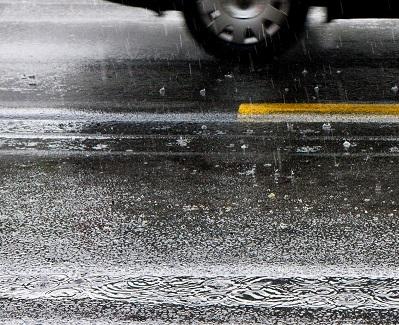Best Management Practices (BMPs) Siting Tool
EPA’s Best Management Practices (BMPs) Siting Tool identifies potential suitable locations/areas for implementing different types of BMPs or low impact development (LID) techniques. It supports users with selecting suitable locations that meet the defined site suitability criteria, such as
- drainage area,
- slope,
- hydrological soil group,
- groundwater table depth,
- road buffer,
- stream buffer, and
- building buffer.
It is designed to be used by anyone interested in reducing runoff from a property, including
- site developers,
- landscape architects, and
- urban planners.

Best Management Practices (BMPs) treat rain where it falls. They address three criteria that are critical to managing urban stormwater runoff and Combined Sewer Overflows (CSOs):
- Volume: Reduce or delay the volume of stormwater that enters the sewer system.
- Peak Discharge: Reduce the maximum flow rate into the combined system by decreasing the stormwater volume and lengthening the duration of discharge. This inherently lowers the frequency of combined sewer overflows.
- Water Quality: Improve water quality through volume reduction, filtering, and biological and chemical processes.
Because they prevent, intercept, and treat stormwater near the source, stormwater BMPs can be adapted to meet stormwater management goals.
BMPs are classified and conceptualized as scale-based and type-based. The scale-based category classifies BMPs according to the size of the application area, such as lot-, community-, or watershed-scales. The type-base category classifies BMPs into three types according to the geometric properties:
- Point BMPs: practices that capture upstream drainage at a specific location and may use a combination of detention, infiltration, evaporation, settling, and transformation to manage flow and remove pollutants.
- Linear BMPs: narrow linear shapes adjacent to stream channels that provide filtration of runoff, nutrient uptake, and ancillary benefits of stream shading, wildlife habitat, and aesthetic value.
- Area BMPs: land-based management practices that affect impervious area, land cover, and pollutant input.
The following structural BMP options are supported:
| Point BMP | Linear BMP | Area BMP |
|---|---|---|
| Constructed Wetland | Grassed Swale | Green Roof |
| Infiltration Basin | Infiltration Trench | Porous Pavement |
| Bioretention | Vegetated Filter Strip | |
| Sand Filter (surface) | Sand Filter (non-surface) | |
| Rain Barrel | ||
| Cistern | ||
| Wet Pond | ||
| Dry Pond |
Impacts
Stormwater BMPs can
- promote the natural movement of water, instead of allowing it to wash into streets and down storm drains
- blend in with the landscape and infrastructure,
- be infrastructure such as a permeable parking lot,
- beautify,
- reduce the amount of pollutants entering the water collection system,
- increase water quality, and
- improve water treatment process at water treatment plants.
Clean water is essential to keeping our families and the environment healthy. The BMP Siting Tool helps manage and decrease the amount of pollutants in stormwater runoff.
Helpful Resources
Stormwater Management: provides information and guidance on stormwater management practices.
Low Impact Development: provides information and guidance on the use of low impact development (LID) practices.
Green Infrastructure: provides basic information, useful tools, as well as research, case studies and a publication library.
Contact
Michael Tryby, tryby.michael@epa.gov, (513) 569-7559
